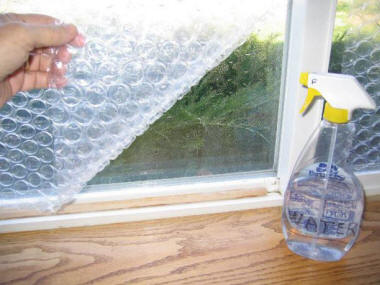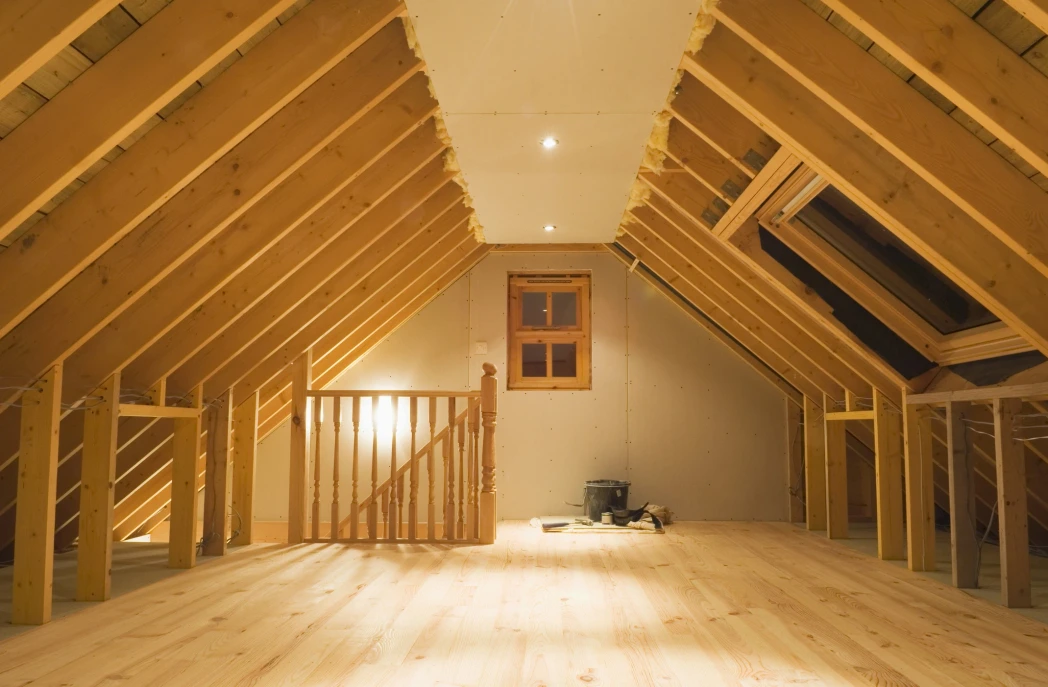
This post may contain affiliate links, please read our disclosure policy – Designed by Freepik.
Are you dealing with rising energy bills and a cold home? If so, you’re probably looking for ways to stay warm without spending too much on heating.
With the cost of heating increasing, it’s becoming more important to find solutions that can help you save money while keeping your home comfortable. Simple fixes like sealing drafts or upgrading insulation can make a big difference.
In this post, we’ll cover 20 practical tips to help you reduce your energy costs and stay warm. From quick, easy changes to long-term improvements, these ideas will show you how to save money while keeping your home cozy.
This post is all about the best hacks on how to save on heating costs.
Simple actions like sealing windows with bubble wrap can raise your home’s temperature by 3 to 5 degrees Celsius (6-10°F). Regular furnace maintenance, changing filters, and bleeding radiators can improve efficiency by up to 30%, translating to significant savings.
Lowering your thermostat by just 1 degree Celsius can cut heating costs by 5%, while installing thermostatic radiator valves saves up to 40% on energy usage. Additionally, replacing a 10-year-old boiler with an A-rated one can reduce annual heating bills by up to $468.
Every step, from adjusting your thermostat to sealing drafts, helps you save more and ensures a warmer, more affordable home during the cold months.
Little-Known Ways To Save On Heating Costs This Winter
1- Use Bubble Wrap for Insulation

Image by WFPlastic
Bubble wrap isn’t just for packaging—it’s also an excellent insulator. By covering your windows and sliding doors with bubble wrap, you can trap warm air inside and keep cold drafts out.
Simply spray your windows with water, press the bubble wrap against the glass, and secure the edges with tape if necessary.
This simple method can increase the room temperature by 3-5°C (6-10°F), helping you stay warmer without putting too much pressure on your heating system.
2- Install Programmable Thermostats
A programmable thermostat allows you to automatically adjust the temperature based on your schedule. You can lower the heat when you’re asleep or away and raise it just before you wake up or return home.
This prevents unnecessary heating and can lead to big savings, as reducing the temperature by just 1°C can cut heating bills by around 5%.
3- Bleed Your Radiators
Air trapped in radiators can prevent them from heating efficiently. Regularly bleeding your radiators ensures they are filled with water and working at their full capacity.
It’s a simple process: use a radiator key or screwdriver to open the bleed valve, let the trapped air escape, and close the valve when water starts to flow.
4- Lower Your Water Heater Temperature
Many households keep their water heaters set at a higher temperature than necessary. Reducing the temperature to around 50°C (122°F) can save you a lot of money without affecting comfort.
This is particularly effective in homes with large water tanks or combination boilers.
5- Install Thermostatic Radiator Valves (TRVs)
TRVs allow you to control the temperature of individual rooms by adjusting the flow of hot water into each radiator. This is especially useful for rooms that are used infrequently.
By lowering the heat in rooms that aren’t being used, you can save energy and money.
6- Service Your Furnace
Your furnace should be serviced annually to ensure it runs efficiently. A furnace that isn’t well maintained can use more energy, causing your heating costs to rise quickly.
Filters should be replaced regularly to ensure proper airflow, which can save up to $30 per month.
7- Use Curtains to Your Advantage
During the day, keep curtains open to allow sunlight to naturally heat your home. At night, close them to create an additional layer of insulation, helping to keep the warmth inside.
Thick, thermal curtains are particularly effective at preventing heat loss through windows.
8- Seal Cracks and Gaps
Small cracks and gaps around windows and doors can let cold air into your home, making your heating system work harder.
Use weather stripping or sealant to close off these leaks and retain heat. Pay special attention to door frames, window frames, and any other openings that could let cold air in.
9- Add Draft Excluders
Draft excluders are a cost-effective way to prevent heat from escaping under doors. They’re particularly useful for doors leading to the outside or to unheated areas like garages.
You can buy pre-made excluders or create your own using old fabric and stuffing.
10- Close Unused Rooms
If you have rooms that aren’t frequently used, such as guest rooms or storage spaces, close the doors to keep heat concentrated in the areas where you spend the most time.
You can also turn off the heat in these rooms entirely by adjusting the thermostats or TRVs.
11- Insulate Your Attic

Image by Freepik
Heat rises, which means your attic can be a major source of heat loss. Insulating your attic can prevent warm air from escaping through the roof, reducing the amount of energy needed to keep your home warm.
Depending on the age of your home, you may also want to consider adding insulation to your walls and floors.
12- Reflect Heat with Radiator Foil
Radiators heat the room by convection, meaning hot air rises and circulates through the room.
By placing reflective foil behind your radiators, especially those on exterior walls, you can reflect heat back into the room rather than letting it escape through the walls.
13- Use Area Rugs

Image by Freepik
If you have hardwood or tile floors, laying down area rugs can provide an extra layer of insulation, keeping your feet warmer and reducing the need to crank up the heat. Rugs can also help trap heat, making your space feel cozier without increasing energy consumption.
14- Utilize a Fireplace Efficiently
If you have a fireplace, make sure it’s being used efficiently. Close the damper when it’s not in use to prevent warm air from escaping.
Consider installing a fireplace insert, which can help trap heat and improve the efficiency of the fireplace.
15- Switch to a High-Performance Boiler
If your boiler is over 10 years old, consider upgrading to a high-performance model. Modern boilers are more efficient and can save you hundreds of dollars a year on heating costs.
Look for models with an “A” rating to ensure maximum efficiency.
16- Balance Your Underfloor Heating
If you have underfloor heating, it’s important to balance it so that heat is distributed evenly throughout the space. Use a thermal imaging camera to identify any cold spots and adjust the system accordingly.
This can help prevent wasted energy and ensure that your home is heated evenly.
17- Add Insulating Window Film
In addition to bubble wrap, insulating window film is another way to reduce heat loss through windows.
It’s easy to apply and can significantly improve the insulation of single-pane windows, keeping your home warmer during the winter months.
18- Use a Smart Heating System
Investing in a smart heating system allows you to control the temperature of your home remotely. This can be particularly useful if your schedule varies and you want to ensure the heat is on only when needed.
Smart systems can learn your habits and adjust the temperature accordingly, leading to big savings.
19- Upgrade to Energy-Efficient Windows
If your windows are old and drafty, consider upgrading to energy-efficient double- or triple-glazed windows.
While this can be a significant upfront investment, the savings on your heating bills will make it worthwhile in the long run.
20- Leverage Local Assistance Programs
If you’re struggling to afford your heating bills, check with your local utility company or government agencies for assistance programs.
Many offer grants or subsidies to help homeowners reduce their energy costs through upgrades like insulation, furnace replacements, and window improvements.
Conclusion
Saving on heating costs doesn’t mean giving up comfort. By taking a smart approach to improving your home’s energy efficiency, you can reduce your bills and stay warm all winter long.
From simple fixes like using bubble wrap and draft excluders to larger expenses like upgrading your boiler or windows, there are many ways to cut down on heating costs.
Start with the easy changes and work your way up to the larger projects, and you’ll see the savings add up in no time.
We’d love to hear from you! Do you have any clever tricks or tips for saving on heating costs? Share your thoughts in the comments below and join the conversation. Your ideas could help others stay warm and save this winter!

Leave a Reply